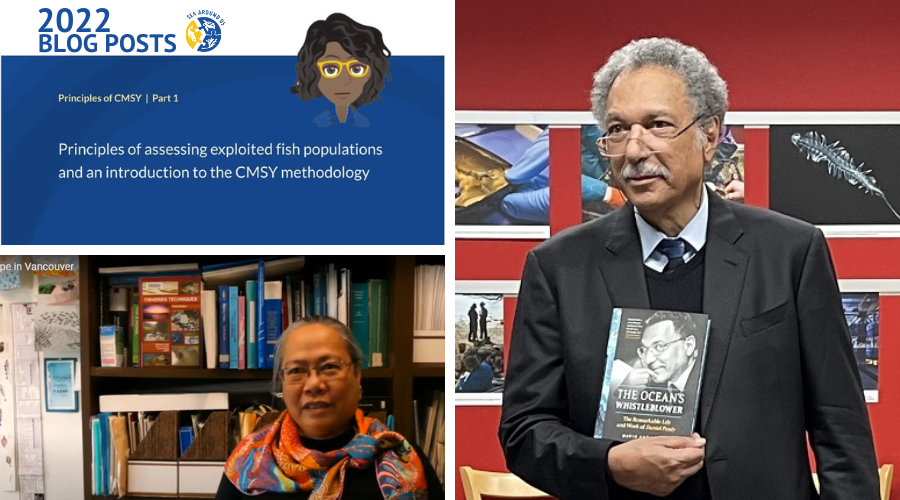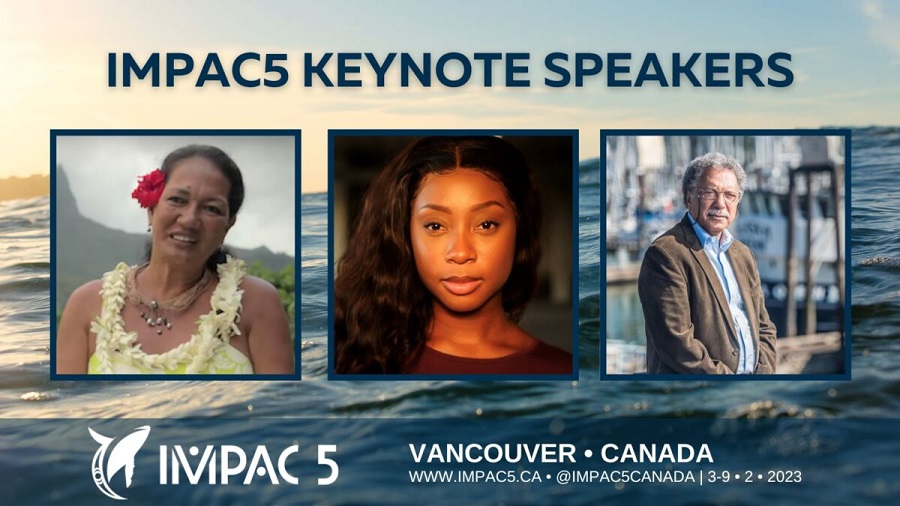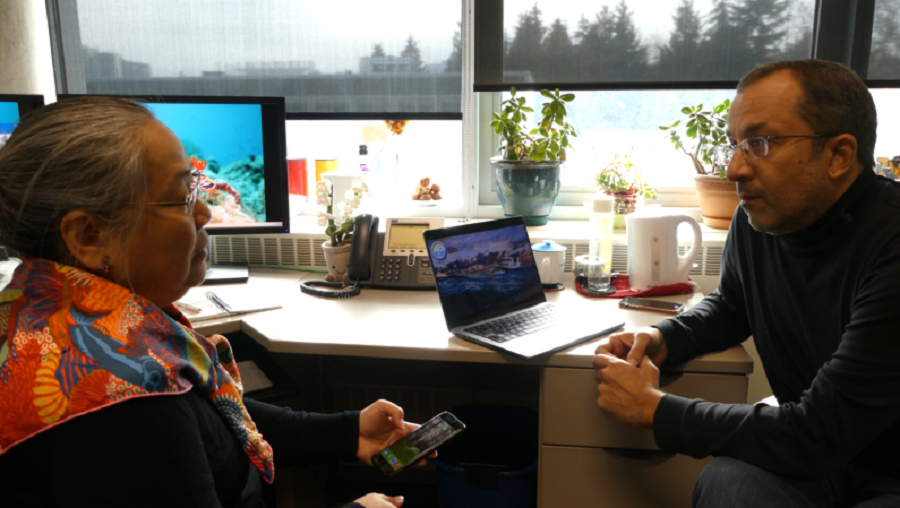New FCRR: Marine and Freshwater Miscellanea IV
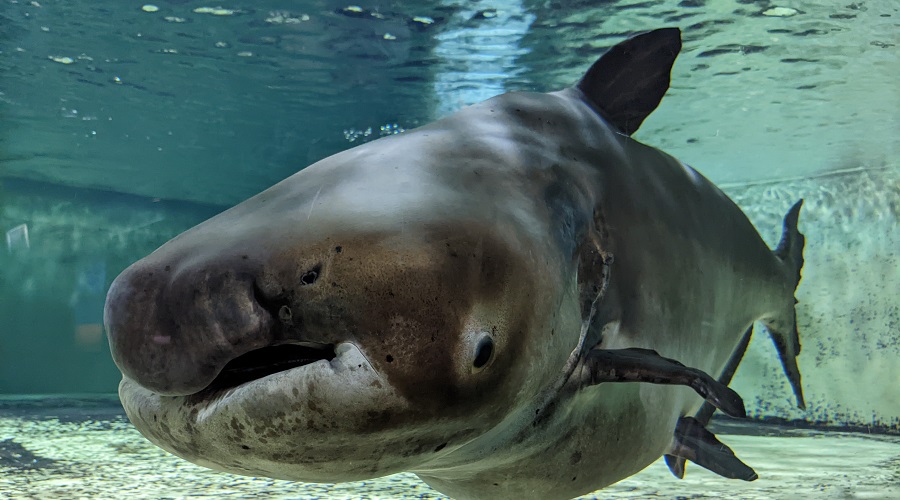
Mekong giant catfish. Photo by Tambe, Wikimedia Commons.
The Sea Around Us principal investigator, Dr. Daniel Pauly, and research assistant Elaine Chu are the editors of a recent edition of the Fisheries Centre Research Reports titled “Marine and Freshwater Miscellanea IV.”
Researchers push for Saint-Pierre and Miquelon to embrace the sea once again
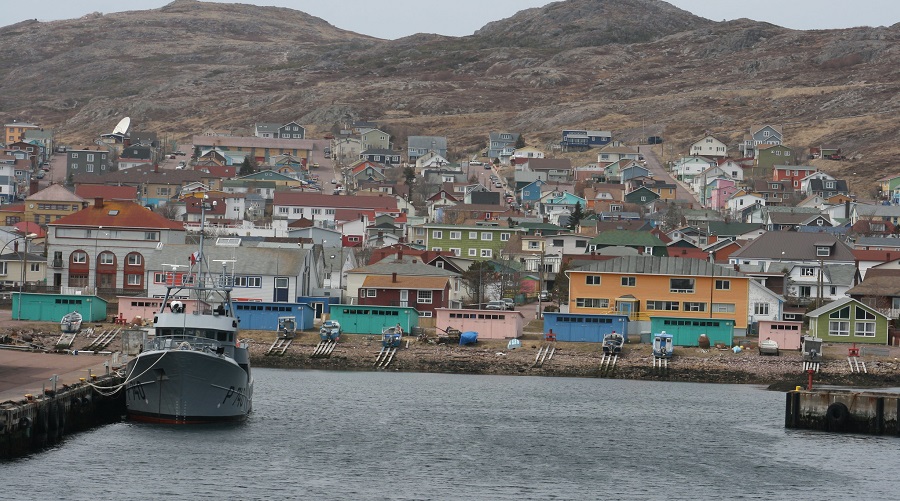
Saint Pierre and Miquelon. Photo by Ian Gratton, Flickr.
Cybium, the International Journal of Ichthyology, recently dedicated a full issue to the aquatic biodiversity and fisheries of Saint-Pierre and Miquelon (SPM), the last French territory in North America, located south-east of Newfoundland, and whose Exclusive Economic Zone (EEZ) is completely surrounded by the EEZ of Eastern Canada.
Daniel Pauly among IMPAC5 keynote speakers
The Sea Around Us principal investigator, Dr. Daniel Pauly, is among the speakers that will be giving keynote presentations at the Fifth International Marine Protected Areas Congress (IMPAC5) being held in Vancouver, Canada on February 3-9, 2023.
EcoScope coordinator visits the Sea Around Us at UBC
Following a recent meeting in Toulouse, the EcoScope Project coordinator, Athanassios Tsikliras of the Aristotle University of Thessaloniki, visited Vancouver in mid-November with the goal of strengthening the collaboration between the project and its UBC partners.
EcoScope is an initiative that aims to promote an effective and efficient, ecosystem-based approach to fisheries management.


